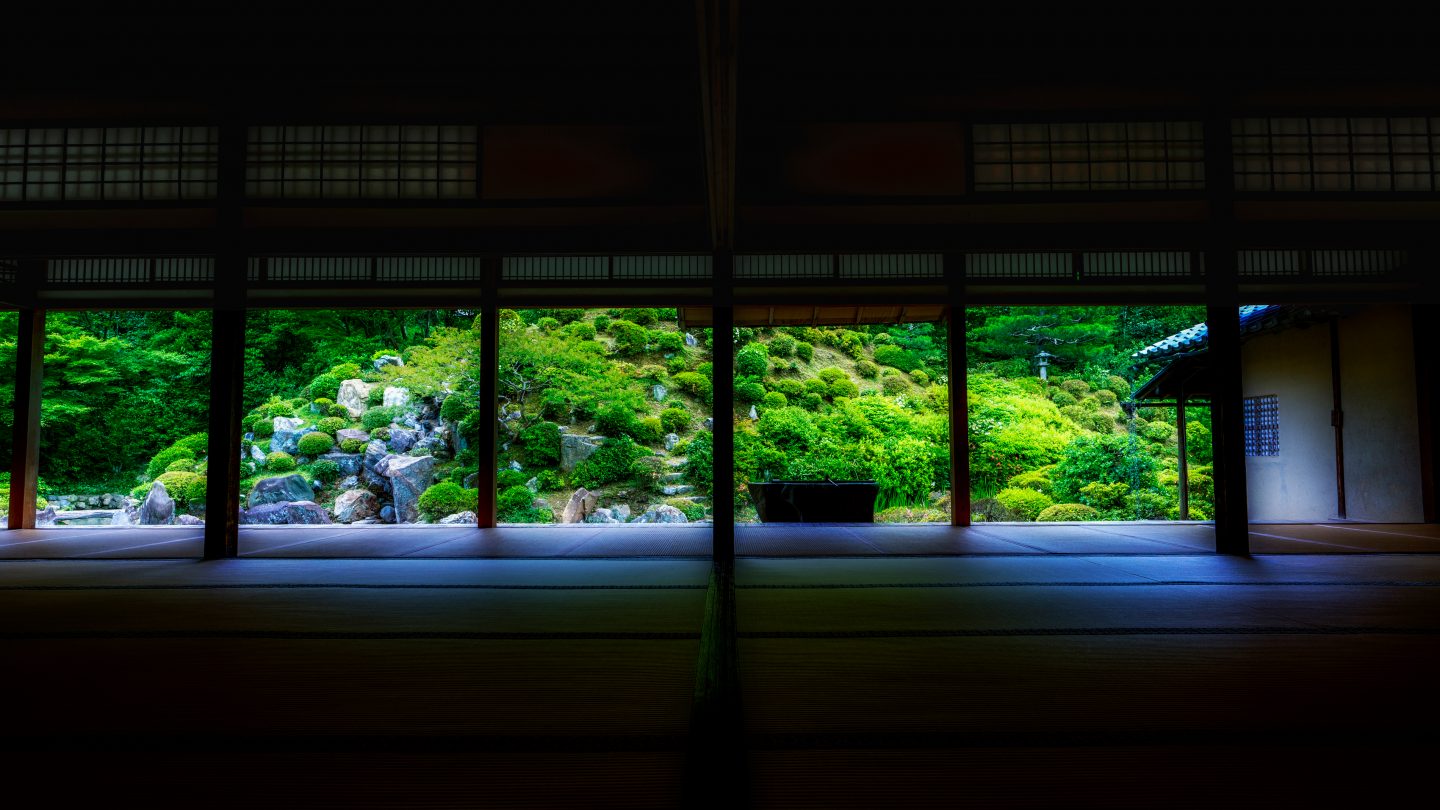Setsubun Ritual
Originally, setsubun is what we called the turning point of the seasons, the day before the first day of spring/summer/fall/winter. Among these days, the setsubun of spring (the day before the first day of spring) was especially important as in the old calendar it marked the new year. This spring setsubun was the last day of the old year, and it greeted the start of the new year. Now, the word setsubun is commonly known to refer to this specific spring setsubun day itself.
In Japan, on setsubun, before the sun goes down, we roast soybeans. When the night comes, we throw the beans outside and shut the doors while chanting the phrase “Out with the demons, in with good fortune.”
This tradition traces back to an event at the Heian period imperial court on New Year’s Eve where it is said that they chased demons of disease out in a tsuina ceremony. In any case, the goal is to greet the new year by chasing out any bad demons and inviting good luck in.
In Buddhism, these demons of setsubun are seen as the embodiments of the polluting thoughts that plague human beings. Thus, we pray for misfortune to be driven away and happiness to come by reading sutras and performing homa fire rituals. In addition, sometimes men and women of the current zodiac year will be selected to merrily scatter beans around.
At Chishakuin Temple, we offer paper prayer talismans and tsuina beans to our principal buddha in Myōōden Hall as well as read the Hannya Shingyō Sutra and perform a Homa fire ritual. After that, the monks and the men and the women of the zodiac year will turn to the principal buddha and chant “in with good fortune” while scattering beans. One peculiarity of our setsubun celebration is that we do not chant “out with the demons,” but only “in with good fortune.”

